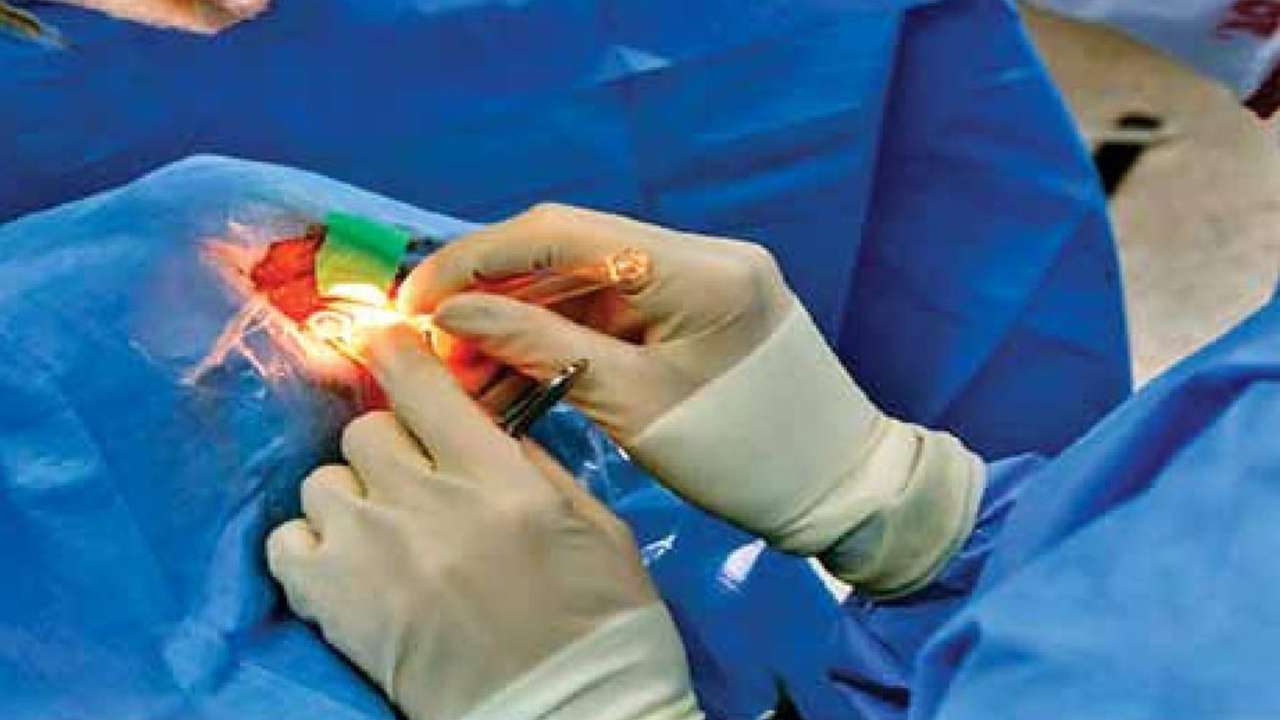
More than 50 percent of the eye donations received in the state are not fit for transplantation, with a considerable percentage of them not even fit for research and have to be incinerated. While the figures may be unsettling, what remains a fact is that the average utilisation rate of donated eyes is usually less than 30 percent.
Health department sources said the biggest challenge is to get good quality eyes that meet all the parameters for safe transplantation. Around 50-60 percent of the eye donations received is not suitable for transplantation, whereas around 10 percent of the donations is a threat even to be used for research and education purposes.
Ophthalmologists said as of now, all eye donations are accepted, except for a few cases, just to ensure that people willing to donate the eyes of their loved ones are not discouraged. Also, when eye donations are received, the contraindications of the deceased might not be known. That also leads to a situation where a considerable percentage of the donations are not found fit for transplantation and are used for research and education purposes.
7,921 eye donations received in 2018-19
According to health department sources, 7,921 eye donations were received in the state during the financial year 2018-19. As far as the current year is concerned, 2,123 eye donations have been received till July. While the number of donations that were actually transplanted is not known, experts said the figure is well below the 50 percent mark.
The M and J Western Regional Institute of Ophthalmology, the best government hospital in the state for treatment of eye diseases and transplants, has utilisation rate of 22-27 percent, if the eye donation figures of last three years are taken into consideration.
In 2018, the institute received 458 tissues (eye) and 98 surgeries were carried out. In 2017, 577 tissues were received and 153 surgeries were carried out. In 2016, 484 tissues were received and 130 surgeries were carried out. In the last three years, 1,519 tissues were received by the institute against which 381 surgeries were carried out.
The three year average of tissues received by the institute which were not usable at all stood at 9 percent. The remaining tissues, which could not be transplanted, were utilised for medical education and research.
Getting good quality eyes major issue
M and J Western Regional Institute of Ophthalmology’s director Mariam Mansuri told DNA that although the level of awareness related to eye donation is greater than that of organ donation, yet there is a shortfall in the number of donations received as against the number of donations required. She said the biggest challenge is to get good quality eyes which meet all the parameters for successful transplantation and is free from infections.
“Currently, we accept all eye donations, except in a few cases of death due to deadly diseases and infections. This is just to ensure that we do not discourage people who want to voluntarily donate the eyes of their near and dear ones post their death. However, once the donated tissues are examined by doctors, several contraindications are found, which makes them unfit for transplantation,” Mansuri said.
Contraindications affects utilisation figures
The institute’s head of eye bank and cornea unit Jagruti Jadeja said there are several conditions and diseases which make eye donations unusable for transplant. These include HIV, Hepatitis, sexually transmitted diseases, drug addicts, Alzheimer’s, cancer, encephalitis, septicaemia, meningitis, rabies, Creutzfeldt-Jakob disease, intrinsic eye disease, retinoblastoma, leukemia, etc.
This apart, there are other conditions which make eye donations unusable for transplant such as death due to unknown cause, death with neurological disease of unestablished diagnosis, and death due to cyanide poisoning, among others.
“The need of the hour is come up with a dedicated hospital cornea retrieval programme that would ensure the retrieval of cornea tissues from eligible and willing donors after death in the hospital. This would help in meeting the shortfall,” Jadeja said. She added that around 45 people are on the waitlist for eye transplantation at the institute.
Things to keep in mind for eye donation
It is generally recommended that corneal preservation should be done as soon as possible after death, preferably within one hour. The eyelids of the deceased should be closed and the fans in the room where the body is kept should be switched off. Air-conditioners, if available, should be used. A wet cloth should be kept over the eyes and the head of the deceased should be kept at a slightly elevated position.